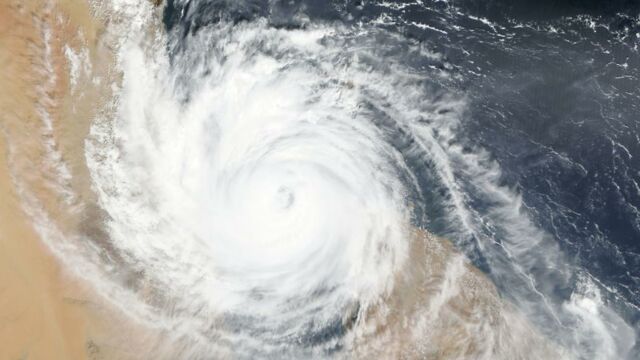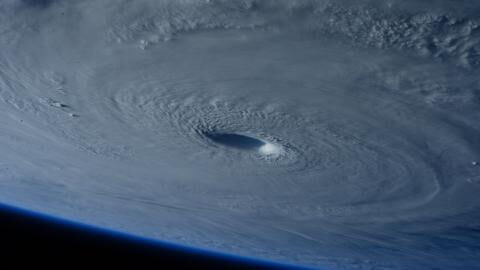Tropical storm Ian slammed on the Sun State with 150 mph (240 kmh) winds, and deadly 18ft (5 m) storm surges, as reported by The Guardian. It is the most powerful storm to ever hit the State of Florida.
Discover our latest podcast
According toDW News, Florida Governor DeSantis called the storm historic, while according to US President Biden, Hurricane Ian could be the deadliest storm in Florida’s history.
Hurricane Ian’s path is northbound
Hurricane Ian made landfall as a category four tropical storm decimating coastal southwest Florida.
The Guardian cites Peter Seidel, a Weather Channel meteorologist, who has covered more than 90 storms, saying he hadn't experienced anything like Hurricane Ian in 30 years.
Many other meteorologists agree the storm is unprecedented, unlike anything they have experienced firsthand in their careers. More than 2.7 million people are cut off from the electricity and telecommunication grid. Multiple communities in Florida are affected and due to heavy damage, the recovery is estimated to take months if not years.
Ian is northbound it has been downgraded to a category one hurricane, yet experts fear as much as 60 inches (150 cm) of rainfall and flash floods in its wake.
We were in the eye wall of Cat. 4 #Hurricane#Ian for over 5 hours and the back side was the worst.
— Mike Seidel (@mikeseidel) September 29, 2022
I haven't experienced anything close to this in over 30 years @weatherchannelpic.twitter.com/wfEqcuEBAm
How to stay safe
According to Travelers, hurricanes make up one of the most devastating experiences known to man, thus it is essential to stay informed well ahead of time and prepare for an impending storm.

Preparing one's family and property for the storm ahead is crucial, and knowing how to act during and after the storm is likewise important.
Travelers suggest it is essential to follow important storm updates and the suggestions of the local or state authorities, if an evacuation order has been announced it is best to leave.
If you decide to stay at home, Travelers suggests the following tipsduring the storm which can make the difference in keeping you and your loved ones safe:
Radio
Maybe the most important recommendation is to have in possession a 'portable radio and follow important storm updates, information, and instructions'. As the case with Hurricane Ian shows, millions of people were cut off the grid both in terms of power and telecommunications and thus it is vital to be able to stay informed.
Stay indoors
They recommend that 'people stay indoors at all times and avoid going outside unless local authorities conclude that the storm in the affected area has passed'. When staying indoors it is advised to find shelter 'inside a room or closet away from windows, skylights and glass doors, such as a bathroom indoors'.
If one experiences a power outage it is advisable to use as less as possible the fridge so that cold air is trapped inside and to keep perishable food fresh for as long as possible.
Tips after the storm
Travelers also shared some important advice to keep in mind after the storm. In case you and your family were evacuated, it is advised to 'return home only after authorities say it is safe to do so'. People should also 'keep away from downed power lines and anything that comes in contact with them'.
In case of damages to your home, be wary of any gas line leak, and have companies deal with it and do not enter your home until they say it is safe to do so. Likewise, Travelers suggest it is good to undertake 'reasonable temporary repairs' while simultaneously consulting professionals to assess the damage and perform repairs.
Last but not least if it is not safe to stay at your home consider finding a temporary shelter, either at friends or family or by consulting your insurance company who could find a solution.
Sources used:
- The Guardian: ‘Hurricane Ian: more than 2m without power as Florida hit with ‘catastrophic’ wind and rain’
- DW News: ‘Biden says many deaths feared from Hurricane Ian’
- Travelers: ‘Hurricane Survival Guide: Things to Do During and After the Storm’
Read more:
⋙ Hurricane Danielle is the first of the season, here’s what to expect
⋙ Storm Franklin: Why are there so many storms in the UK right now?
⋙ Storm Eunice: This shocking video shows just how violent the storm has been















